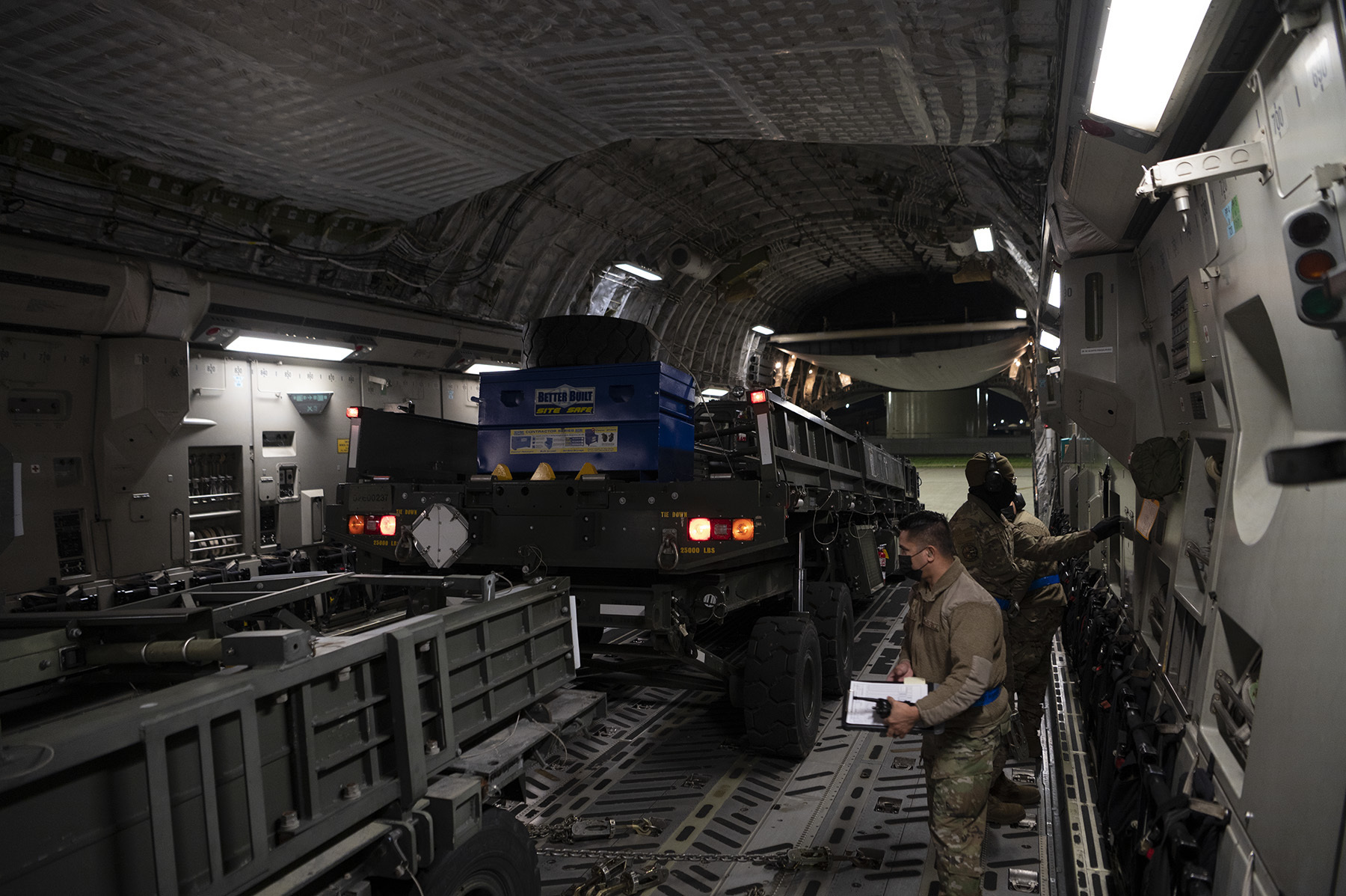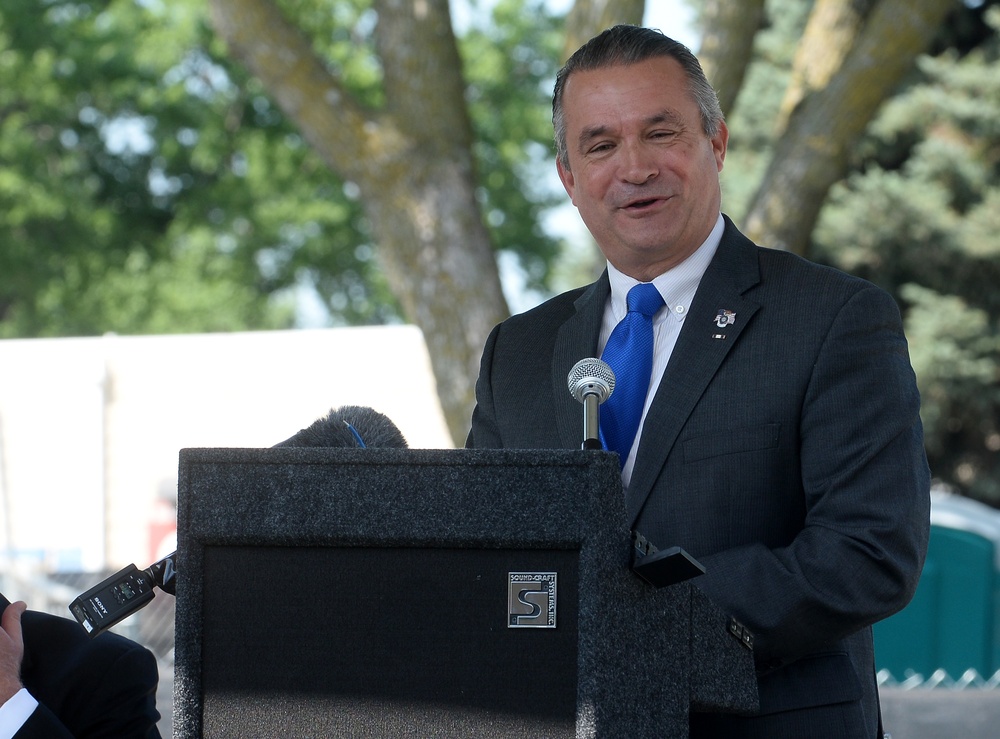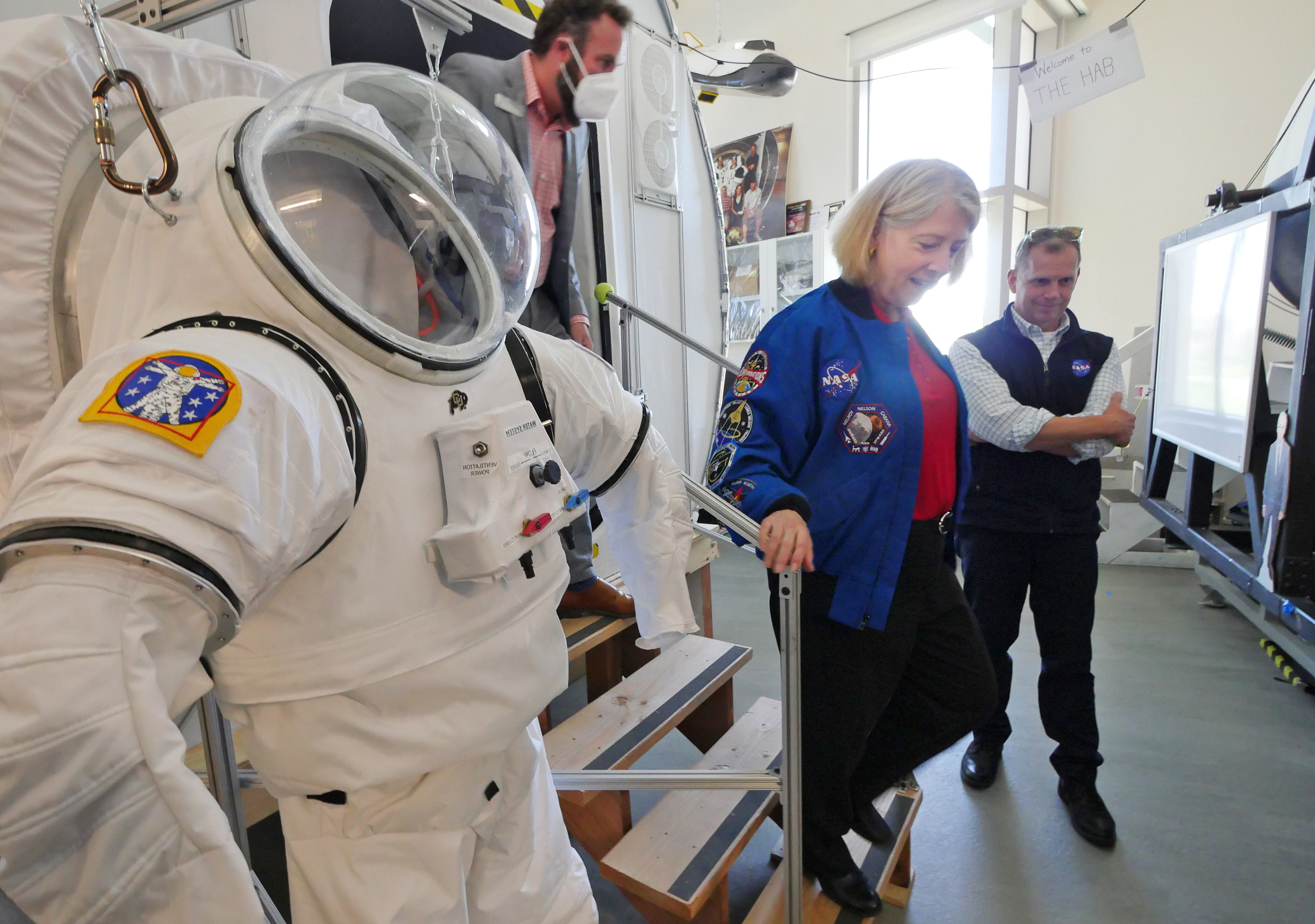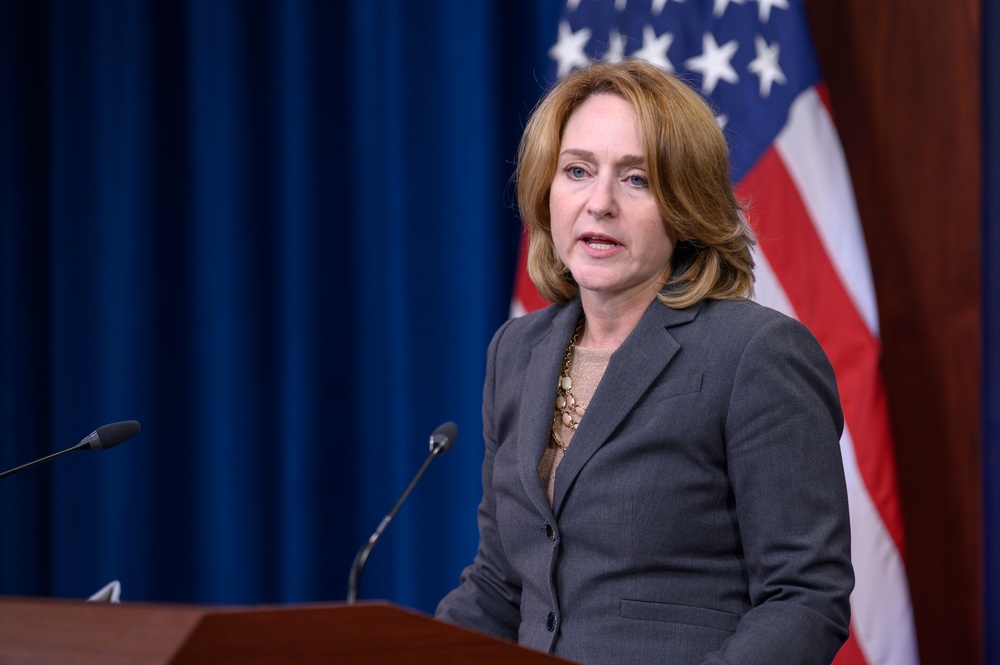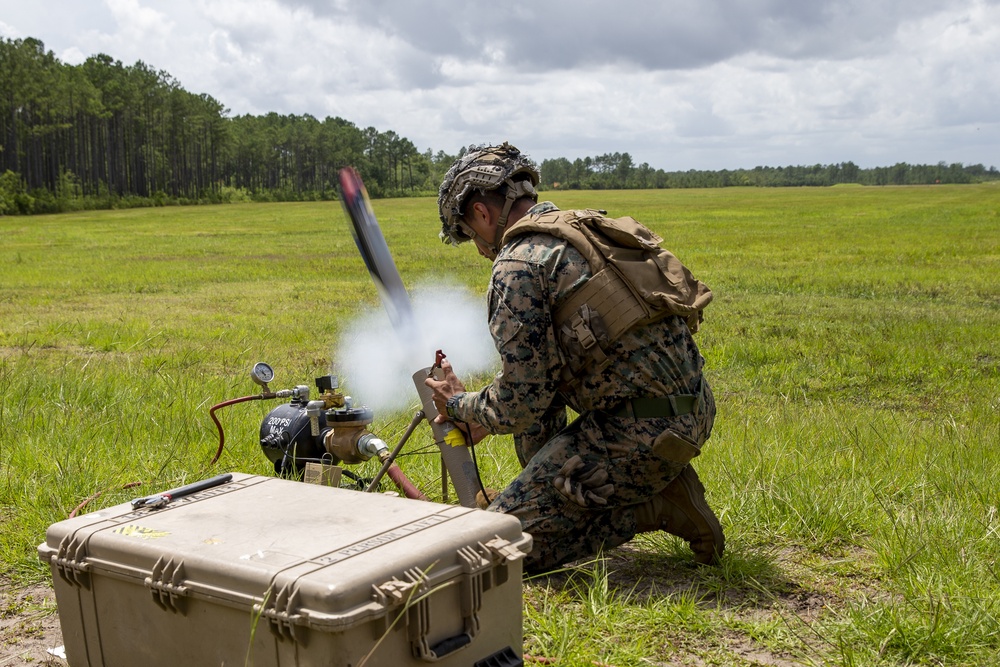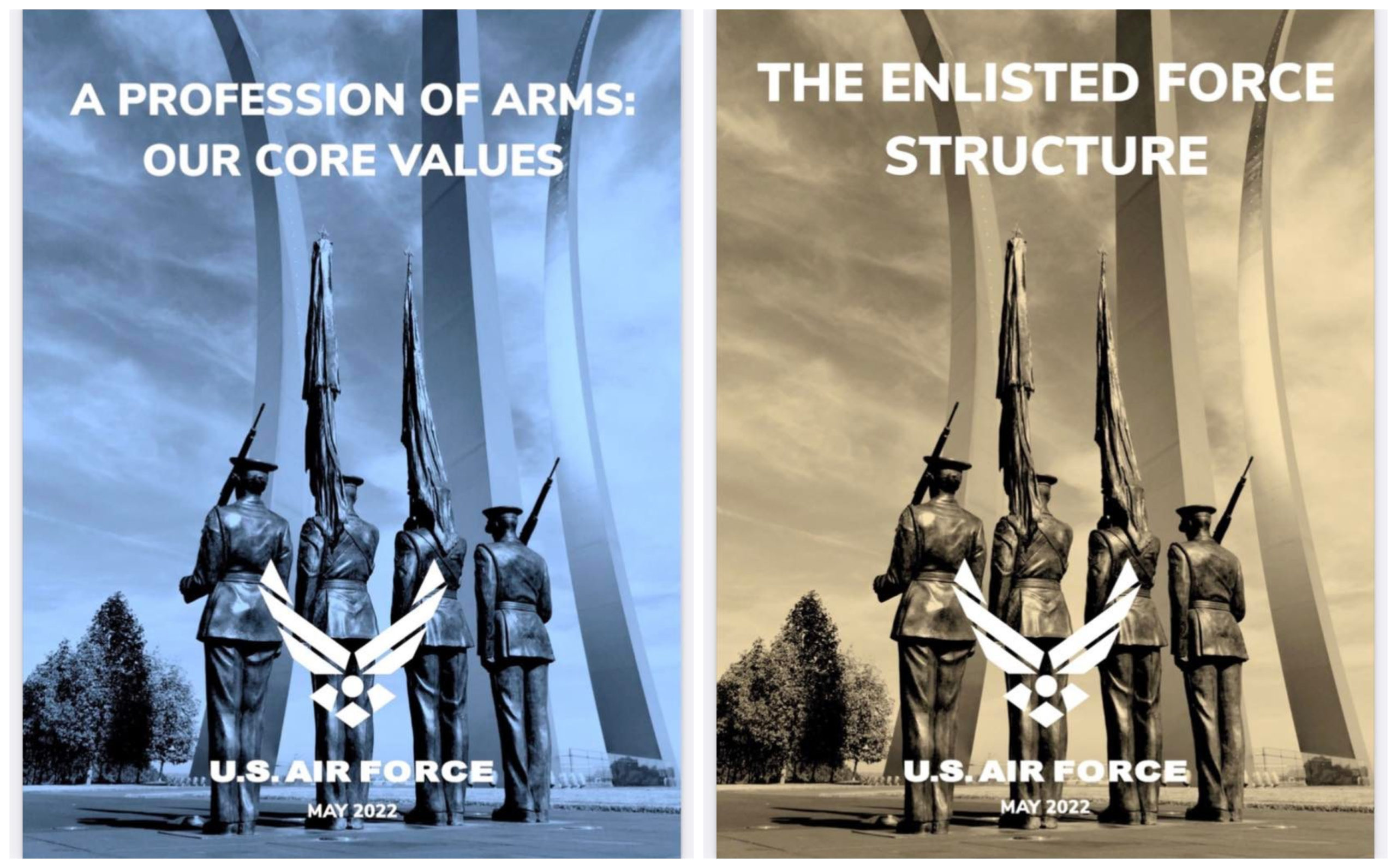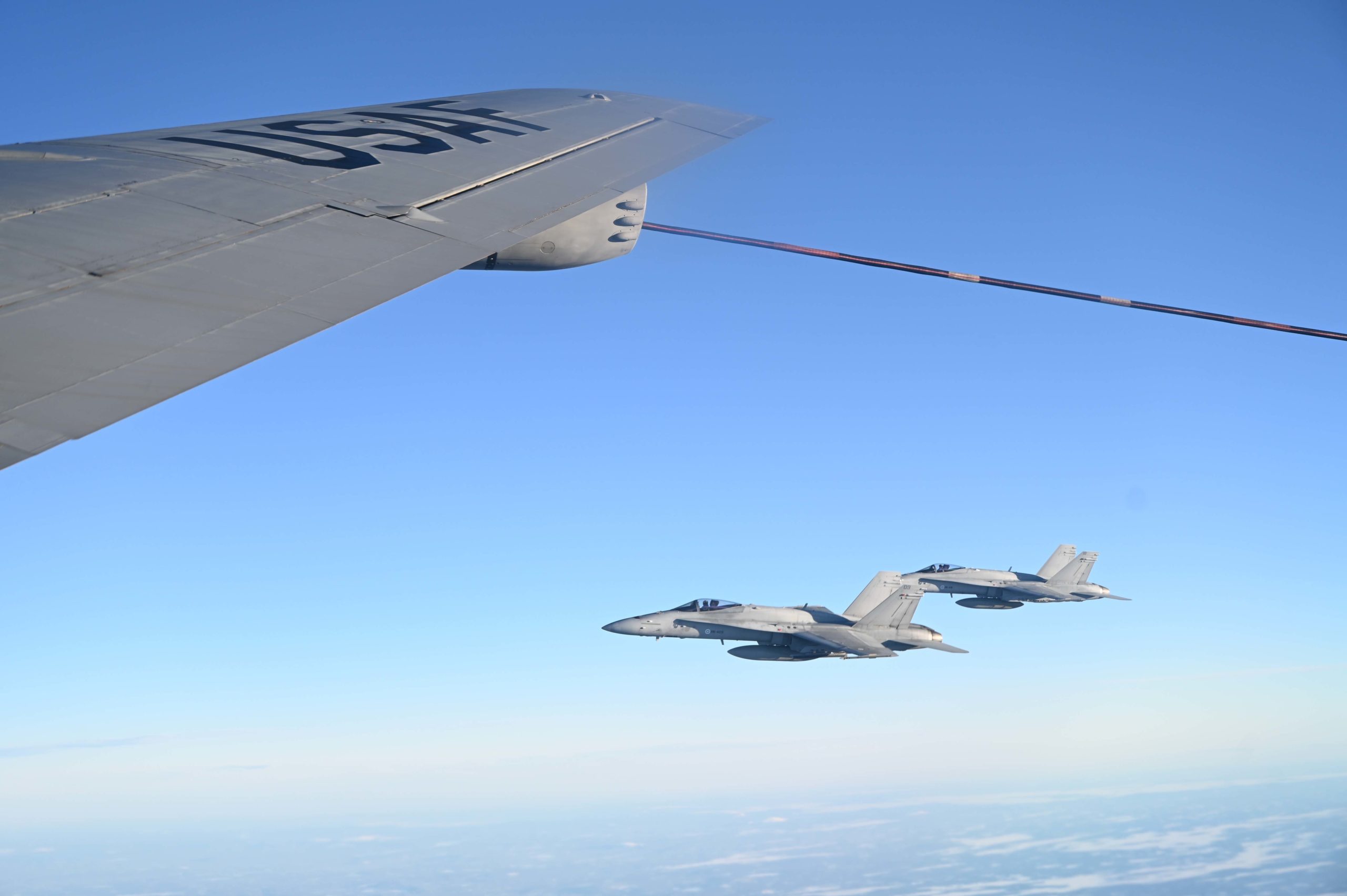The last few years have seen a dramatic increase in mental health conditions for Americans in general, and for military service members, in particular. An annual report from Veterans Affairs found that the suicide rate for Veterans was about 50 percent higher than for non-veterans. In fact, the Air Force loses more Airmen to suicide than any other cause.
Talk therapy, resilience training, and stress management skills can all help Airmen avoid mental health crises. Unfortunately, seeing a therapist often disrupts daily operational activities and the referral process can take more than five weeks, on average. While a number of programs and organizations are devoted to helping Airmen exist, identifying the right resource for an individual is difficult and time consuming. A clear gap exists when it comes to delivering personalized, relevant resources to help our Airmen develop skills to manage stress and build resiliency in the field and back at home.
Fortunately, there is good news. In recent years, the Air Force has taken deliberate steps to encourage mental wellness and provide support for Airmen through innovative digital solutions. Air Force leaders have partnered with NeuroFlow, a Veteran-founded technology company. NeuroFlow connects Airmen and Guardians with on-post and community resources, such as Veteran Service Organizations tailored to meet their individual needs. NeuroFlow tracks health factors like fitness, sleep, loneliness, depression, and alcohol use. It also offers exercises and tools such as guided meditation, journaling, and evidence-based cognitive behavioral therapy (CBT) resources. The NeuroFlow platform encrypts individual health data and activity to ensure it is not publicly shared or integrated into official records. Additionally, Airmen can use NeuroFlow confidentially, which is crucial for combating the potential stigma of receiving mental health support.
“From a military perspective, we fly the plane for two hours, and then we spend 12 hours maintaining it. And we should be able to do at least that much for our human weapons systems, in terms of helping them and giving them the tools that they need to maintain their peak performance,” says clinical psychologist John F. Drozd, PhD, ABMP, who uses NeuroFlow with his military and veteran clients.
NeuroFlow aggregates user data and feeds it into a clinical dashboard that unit leaders can review to better understand the behavioral health trends of Airmen over time. The platform’s artificial intelligence algorithm can also flag individuals with declining mental health conditions or those at risk for self harm. To date, NeuroFlow has been supporting thousands of Airmen and has proactively identified over 150 individual users requiring additional support, connecting them to relevant support and crisis resources. Moreover, seventy-five percent of those with mental health conditions who completed a follow up 4-8 months after starting with NeuroFlow achieved a clinically significant improvement based on validated measurements.
Technology solutions like NeuroFlow not only help reframe the military’s conversation about suicide and mental health, but they represent an important evolution of digital health programs with a focus on care navigation and personalized support. Additionally, by practicing coping skills voluntarily and anonymously with NeuroFlow, Airmen are able to build resilience at their own pace, helping them feel more stable, in control, and prepared to meet challenges on and off the battlefield. NeuroFlow is proud to be actively supporting military mental wellness through its partnerships with the U.S. Air Force. For more information, visit the NeuroFlow website.


